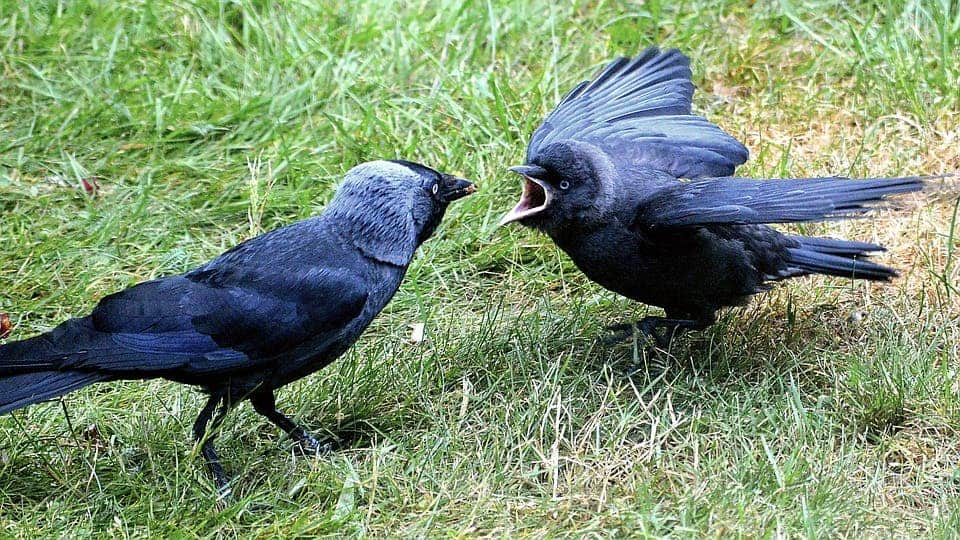Researchers at the University of Pennsylvania have uncovered several mechanisms involved in either generating or suppressing hunger in mice. When mice were given a cocktail of hormones normally secreted during digestion, their hunger was satieted. This suggests that drugs acting upon these satiating mechanisms might prove to be highly useful against the world’s growing obesity epidemic, which is particularly problematic in the USA.
Don’t hate on hunger — it’s our friend
Have you ever stopped for a moment to realize that simply seeing or smelling food is able to temporarily satisfy your hunger? At least to a certain degree. Nicholas Betley and colleagues at the University of Pennsylvania demonstrated this concept in a previous paper. They showed how neurons that express agouti-related protein, or AgRP neurons, control the sensation of hunger. That their activity is suppressed upon eating as well as merely smelling or seeing food.
Hunger is one of the least pleasant bodily sensations out there, but such a sensation is no accident or freak of nature. Ultimately, hunger — as unpleasant and painful it can get — is there to save our lives from starvation. Essentially, AgRP neurons comprise ” a sensitive alarm system,” Betley explained, which can be turned off, or at least regulated, by nutrients.
“Being hungry can feel unpleasant, and these are the neurons that seem to mediate this,” Betley said in a statement. “Animals don’t like this stimulation. In the laboratory, we can turn these neurons on with the flash of a light. Interestingly, we found that animals will scamper to the other side of the room to turn off the light.”
The researchers experimented on genetically engineered so that calcium increased the fluorescence of a molecular reporter in the AgRP neurons. Because neuronal activity increases calcium levels, this allowed neural activity to be easily tracked as the rodents moved and performed various activities.
As the scientists previously noticed, AgRP neuron activity decreased rapidly and stayed low during and after eating. However, when the mice were presented with a strawberry-flavored, calorie-free gel, its sight and smell had no effect on the AgRP neurons. That’s because it is an unfamiliar food and therefore the rodents do not know to turn off their “hunger alarm”. When the rodents ate the calorie-free gel, activity in the AgRP neurons decreased — but only for about 200 seconds. Repeated trials with the calorie-free gel decreased this transient effect even further, the authors reported in the journal Cell Reports.
When the animals were given a calorie-containing gel, AgRP neuron activity declined and remained low. Upon subsequent exposures to the caloric gel, the mice’s AgRP neurons decreased activity in anticipation of the tasty treat, suggesting the rodents had learned to associate the smell and sight of the food with satiety.
The takeaway is that actual nutrients need to reach the stomach for hunger-causing neurons to stop firing. Moreover, the hunger reducing effect is dose-dependent on the calorie content.
“If they get the caloric kind first and then see the calorie-free kind, they predict the nutrients because the flavor is the same, the taste is similar. It takes 200 seconds for the animal to realize that whatever has hit its gut isn’t doing what it should be doing and the activity of those neurons comes back,” Betley said.
Fooling the brain the stomach’s fool

Researchers have identified a connection between the brain and the gut that acts to satiate. Credit: University of Pennsylvania.
After the researchers were confident that it is nutrients that signal the brain to stop the hunger sensation, they next wanted to learn how it does so.
When mice were given hormones that are secreted during digestion — like cholecystokinin, peptide tyrosine and amylin, — AgRP neuron activity decreased dramatically in a dose-dependent manner. When low doses of these three peptides were combined, they acted synergistically, leading to a robust decrease in AgRP neuron activity.
These results suggest that any of these hormones or a combination of the three could help treat obesity in humans by suppressing hunger. Previously, when doctors individually administered these three hormones to human patients, it triggered nausea. However, the University of Pennsylvania researchers found no sign of malaise in mice that were given a cocktail of the three hormones. Betley thinks it’s because each hormone is given in low dose.
Next, Betley and colleagues will explore new ways to suppress AgRP neuron activity by looking for triggers that mimic the presence of nutrients in the gut.
“It would be interesting to see whether consuming smaller meals more frequently might lead to less activity in the neurons and thus less food intake overall,” Betley said. “Or maybe we can develop better combinations of foods or better ways of eating so we can avoid that 9 p.m. binge on Oreo cookies when you’ve had a really great diet all day.”










